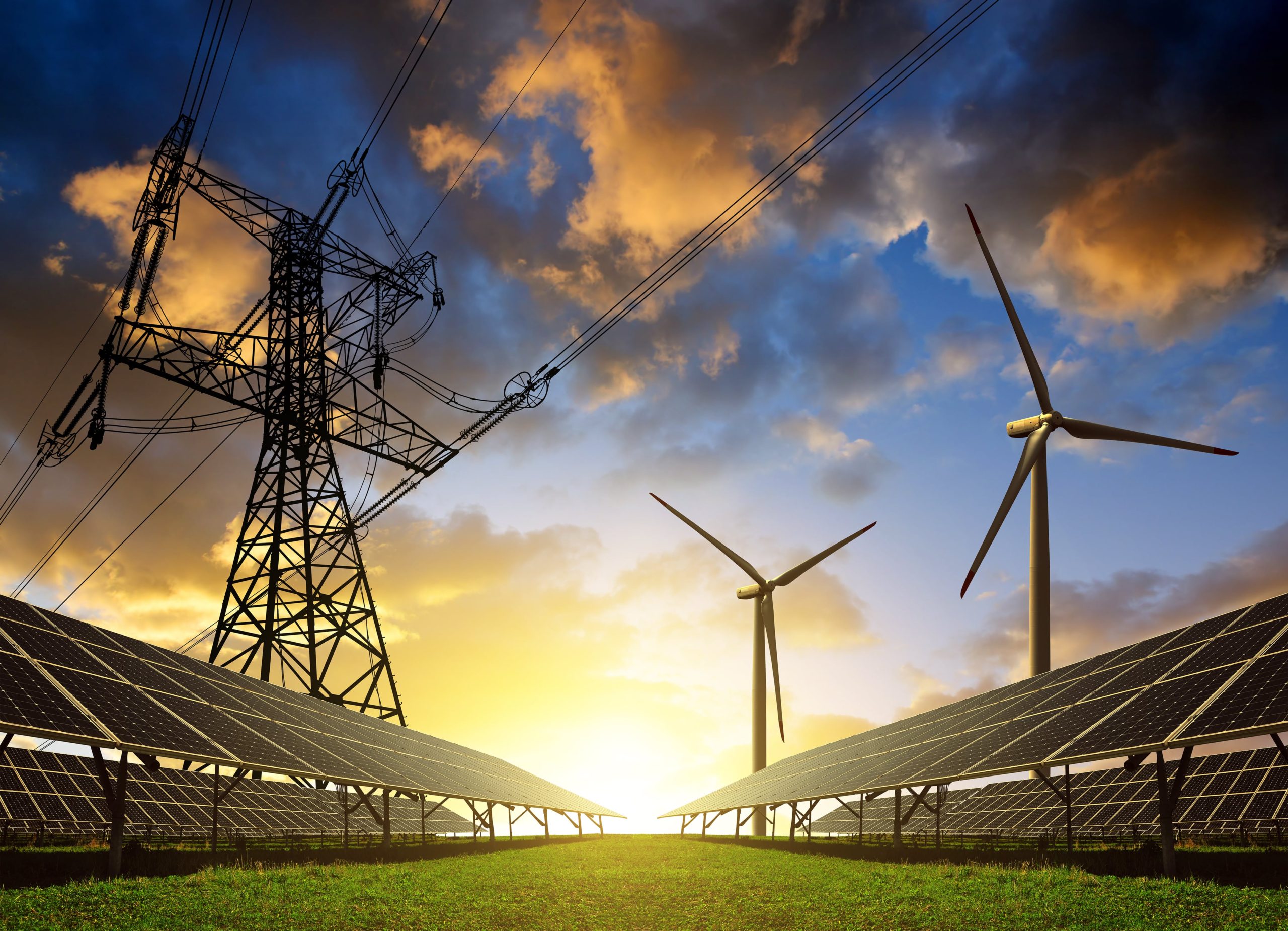
In Qld, there are four interconnected elements to supplying electricity:
Electricity is generated at power stations, which use various fuel sources, including coal, gas, oil, biomass, water, wind, geothermal or solar.
Queensland’s electricity generation is provided by both government-owned corporations and private companies.
Transformers are used to increase the voltage (similar to increasing pressure in a water pipe) at the power stations to limit losses and feed into the transmission network, which transports the electricity over long distances to the distribution networks.
The 15,000 km transmission network of is owned and operated by the Queensland governments Powerlink corporation.
Electricity travels from the transmission network to the distribution network before it supplies power to homes.
The voltage is reduced during this process until it reaches 230 volts.
The electricity distributors in Queensland are Energy and Ergon who are responsible for the poles and wires, network safety, emergencies, restoring power after outages, connecting customers, trimming trees and even meter reading of older style meters.
Electricity retailers buy electricity on the wholesale market and sell it to individual customers.
Electricity prices and retail rules are highly regulated to ensure customers are offered the greatest level of protection when purchasing the essential service.
The price you pay for electricity is made up of the following costs:
Generation costs: Creating electricity at a power station.
Transmission costs: Building and maintaining Queensland’s network of high voltage powerline infrastructure.
Distribution costs: Building and maintaining the network of mid- and low-voltage poles and wires that deliver electricity to homes and businesses.
Retail costs: Connecting customers, billing customers and managing customer accounts.
Green Scheme costs: Associated with the Australian Government’s Renewable Energy Target.
Metering services: Associated with your metering equipment, including installing, maintaining and meter reading (for old accumulation and advanced digital meters).
Example of costs within an electricity bill:
Based on data provided in Queensland Competition Authority Regulated retail electricity prices for 2022-23, a typical residential customer bill would include the following costs:
Network (e.g. poles and wires): 42%
Wholesale generation costs 34%
Retail (e.g. call centres, billing): 18%
Other costs (e.g. renewable energy target): 3%
Metering 3%
Have you ever considered all the elements that go into supplying electricity to your premises?
If you’re interested in learning more about renewable energy solutions and how they can benefit your building Contact Silver Asset Services today.